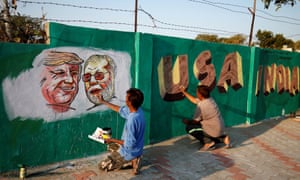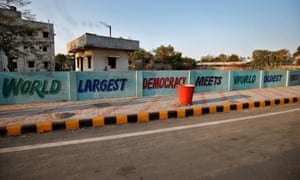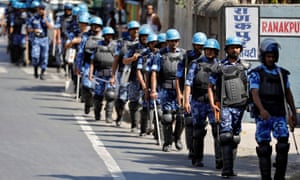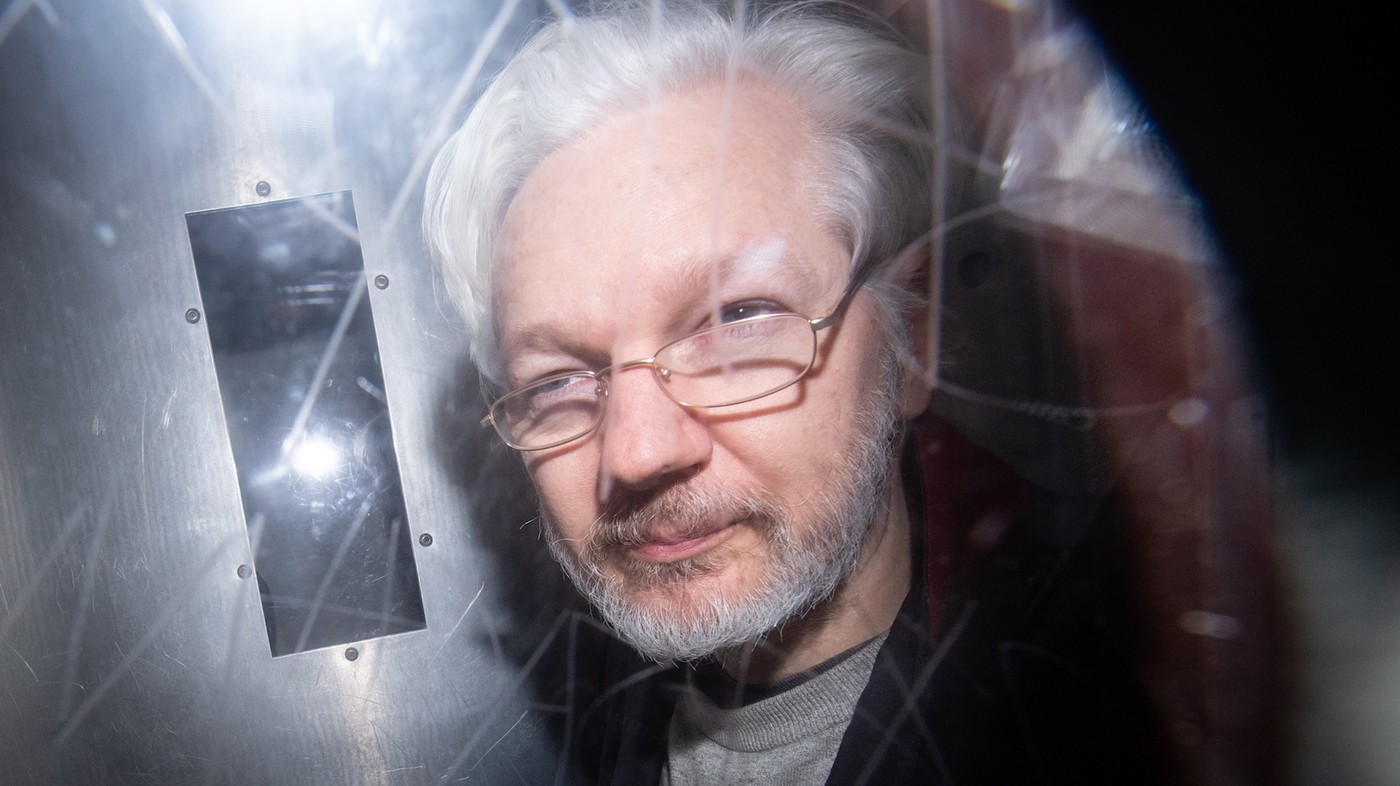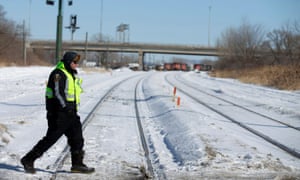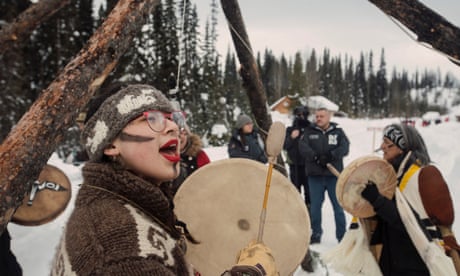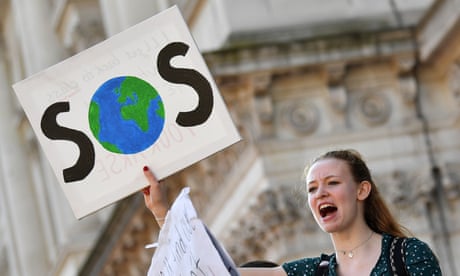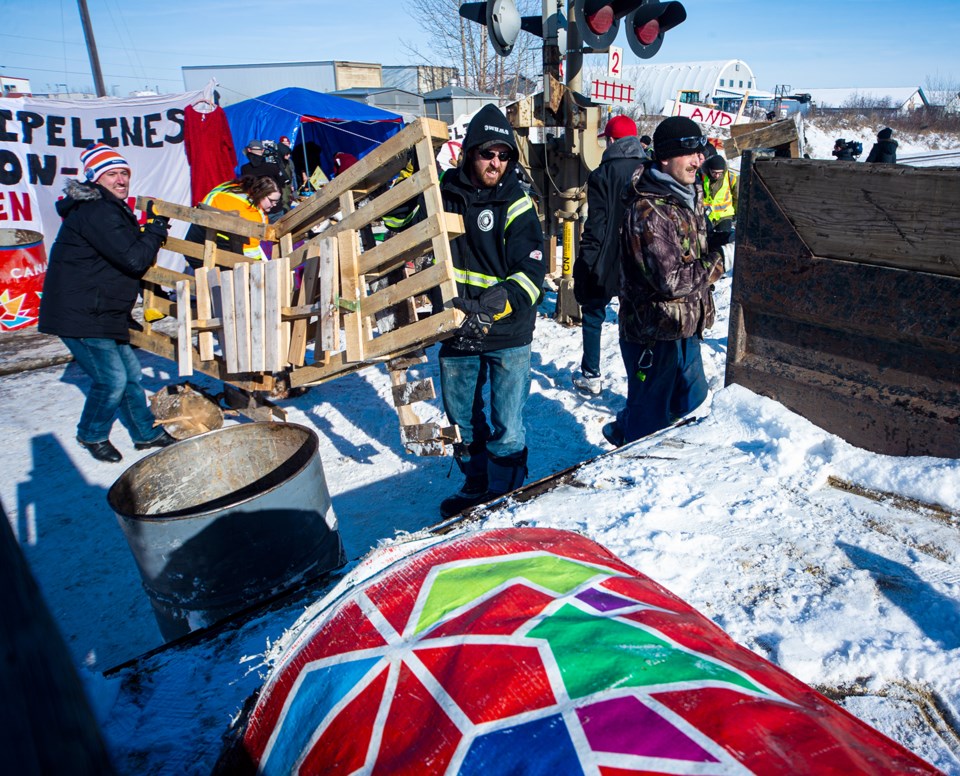Doyle Rice
USA TODAY
The Tungurahua volcano is one of Ecuador's most active volcanoes.
A collapse 3,000 years ago led to a widespread debris avalanche
of moving rock, soil, snow and water.
There remains some uncertainty about whether a collapse will occur, however.
The Tungurahua volcano in Ecuador – known locally as both the "throat of fire" and the "black giant" – is displaying the hallmarks of a potential collapse, which could result in a colossal landslide, a new study suggests.
"Using satellite data we have observed very rapid deformation of Tungurahua's west flank, which our research suggests is caused by imbalances between magma being supplied and magma being erupted," said study lead author James Hickey, a geophysical volcanologist from the University of Exeter in the United Kingdom, in a statement.
The Tungurahua volcano, one of Ecuador's most active volcanoes, has a long history of flank collapse and has been frequently active since 1999. Flank collapse is the failure of a large section of a volcano's unstable slope.
Volcanic activity in 1999 caused an evacuation of 25,000 people from nearby communities. The volcano is located in the Andes Mountains about 85 miles south of the capital of Ecuador, Quito.

A previous eruption of Tungurahua, around 3,000 years ago, caused a prior, partial collapse of the west flank of the volcanic cone.
This collapse led to a widespread debris avalanche of moving rock, soil, snow and water that covered 30 square miles – which is the equivalent of more than 11,000 football fields.
Since then, the volcano has steadily been rebuilt over time, peaking with a steep-sided cone more than 16,000 feet in height.
South American volcano showing early warning
signs of 'potential collapse', research shows
signs of 'potential collapse', research shows
One of South America's most prominent volcanoes is producing early warning signals of a potential collapse, new research has shown.
Tungurahua volcano in Ecuador -- known locally as "The Black Giant" -- is displaying the hallmarks of flank instability, which could result in a colossal landslide.
New research, led by Dr James Hickey from the Camborne School of Mines, has suggested that the volcano's recent activity has led to significant rapid deformation on the western flank.
The researchers believe that the driving force causing this deformation could lead to an increased risk of the flank collapsing, causing widespread damage to the surrounding local area.
The research recommends the volcano should be closely monitored to watch for stronger early warning signs of potential collapse.
The study is published in the journal Earth & Planetary Science Letters.


Dr Hickey, who is based at the University of Exeter's Penryn Campus, Cornwall, said: "Using satellite data we have observed very rapid deformation of Tungurahua's west flank, which our research suggests is caused by imbalances between magma being supplied and magma being erupted."
Tungurahua volcano has a long history of flank collapse, and has also been frequently active since 1999. The activity in 1999 led to the evacuation of 25,000 people from nearby communities.
A previous eruption of Tungurahua, around 3,000 years ago, caused a prior, partial collapse of the west flank of the volcanic cone.
This collapse led to a wide-spread debris avalanche of moving rock, soil, snow and water that covered 80 square kilometres -- the equivalent of more than 11,000 football fields.
Since then, the volcano has steadily been rebuilt over time, peaking with a steep-sided cone more than 5000 m in height.
However, the new west flank, above the site of the 3000 year old collapse, has shown repeated signs of rapid deformation while the other flanks remain stable.
The new research has shown that this deformation can be explained by shallow, temporary magma storage beneath the west flank. If this magma supply is continued, the sheer volume can cause stress to accumulate within the volcanic cone -- and so promote new instability of the west flank and its potential collapse.
Dr Hickey added: "Magma supply is one of a number of factors that can cause or contribute to volcanic flank instability, so while there is a risk of possible flank collapse, the uncertainty of these natural systems also means it could remain stable. However, it's definitely one to keep an eye on in the future."
Story Source:
Materials provided by University of Exeter. Note: Content may be edited for style and length.
Journal Reference:
- James Hickey, Ryan Lloyd, Juliet Biggs, David Arnold, Patricia Mothes, Cyril Muller. Rapid localized flank inflation and implications for potential slope instability at Tungurahua volcano, Ecuador. Earth and Planetary Science Letters, 2020; 534: 116104 DOI: 10.1016/j.epsl.2020.116104
This collapse led to a wide-spread debris avalanche of moving rock, soil, snow and water that covered 80 square kilometres -- the equivalent of more than 11,000 football fields.
Since then, the volcano has steadily been rebuilt over time, peaking with a steep-sided cone more than 5000 m in height.
However, the new west flank, above the site of the 3000 year old collapse, has shown repeated signs of rapid deformation while the other flanks remain stable.
The new research has shown that this deformation can be explained by shallow, temporary magma storage beneath the west flank. If this magma supply is continued, the sheer volume can cause stress to accumulate within the volcanic cone -- and so promote new instability of the west flank and its potential collapse.
Dr Hickey added: "Magma supply is one of a number of factors that can cause or contribute to volcanic flank instability, so while there is a risk of possible flank collapse, the uncertainty of these natural systems also means it could remain stable. However, it's definitely one to keep an eye on in the future."
Story Source:
Materials provided by University of Exeter. Note: Content may be edited for style and length.
Journal Reference:
- James Hickey, Ryan Lloyd, Juliet Biggs, David Arnold, Patricia Mothes, Cyril Muller. Rapid localized flank inflation and implications for potential slope instability at Tungurahua volcano, Ecuador. Earth and Planetary Science Letters, 2020; 534: 116104 DOI: 10.1016/j.epsl.2020.116104
South America's "Black Giant" Volcano Is Showing Early Warning Signs Of Potential Collapse
ENVIRONMENT

AN ERUPTION OF ECUADOR'S TUNGURAHUA VOLCANO IN 1999 FORCED THE EVACUATION OF 25,000 PEOPLE FROM NEIGHBORING COMMUNITIES. ECUADORPOSTALES/SHUTTERSTOCK
By Madison Dapcevich19 FEB 2020
One of South America’s most active volcanoes is showing early warning signs of “potential collapse” that could result in a far-reaching landslide, new research suggests.
Scientists are studying the potential for a flank failure at Tungurahua volcano, one of the most destructive processes on Earth, whereby a portion of a volcano collapses and creates landslides and explosive eruptions. Recent activity of the 5-kilometers-high (3 miles) volcano paired with a weakening western flank may make the volcano more likely to collapse, creating landslides with the potential to cause widespread damage to the area.
In the indigenous tongue of the Quechua peoples, Tungurhua means 'Throat of Fire'. Known locally as "The Black Giant,” the stratovolcano in the Eastern Cordillera of the Ecuadorian Andes has been “persistently active” since 1999 when activity forced the evacuation of 25,000 people from nearby communities. In November 2015, the volcano experienced multiple explosions and heightened seismic activity that displaced about 3.5 centimeters of sediment in around three weeks. But 3,000 years prior, the west flank of the volcanic cone partially collapsed, creating a widespread debris avalanche or rock, soil, snow and water over 80 square kilometers (30 square miles), leaving in its wake a massive scar.
Scientists have taken recent activity and compared it with ancient geophysical and geochemical monitoring of the volcano to test different physical mechanisms that might lead to a flank collapse.
“Using satellite data we have observed very rapid deformation of Tungurahua's west flank, which our research suggests is caused by imbalances between magma being supplied and magma being erupted,” said study author James Hickey of the Camborne School of Mines in a statement.

Map of Tungurahua volcano. The dashed blue line indicates the scar of the flank collapse 3,000 years ago and the blue diamond is the summit vent. Colored, transparent shapes indicate the footprints of deformation episodes. Earth and Planetary Science Letters
Modeling systems combined with visual observations of surface deformation show that a magma storage region below the volcano is likely creating a zone of “preferential weakness.” Stress along this region had collapsed previously, which can be magnified by the buildup of magma over time. If it continues, the volume can create enough stress that would add to more instability so that if a volcanic eruption were to occur, it may impact this already weakened region, resulting in a large collapse of the flank.
“Magma supply is one of a number of factors that can cause or contribute to volcanic flank instability, so while there is a risk of possible flank collapse, the uncertainty of these natural systems also means it could remain stable. However, it's definitely one to keep an eye on in the future,” said Hickey.
Researchers say that the history of the volcano and its magma-related stress must be considered alongside other triggering factors. In particular, magma transport and storage have implications for volcanic hazards, especially those with histories of flank collapsing. They advise closely monitoring the volcano for stronger signs of potential collapse.
“Shallow magma transport and storage are key dynamic processes at the heart of hazard assessment and event forecasting for eruptive activity and flank collapse. The results of this study highlight the importance of monitoring volcanoes with a history of flank collapse and how this can be incorporated into routine geophysical and geodetic volcanic surveillance,” write the authors in Earth & Planetary Science Letters.
